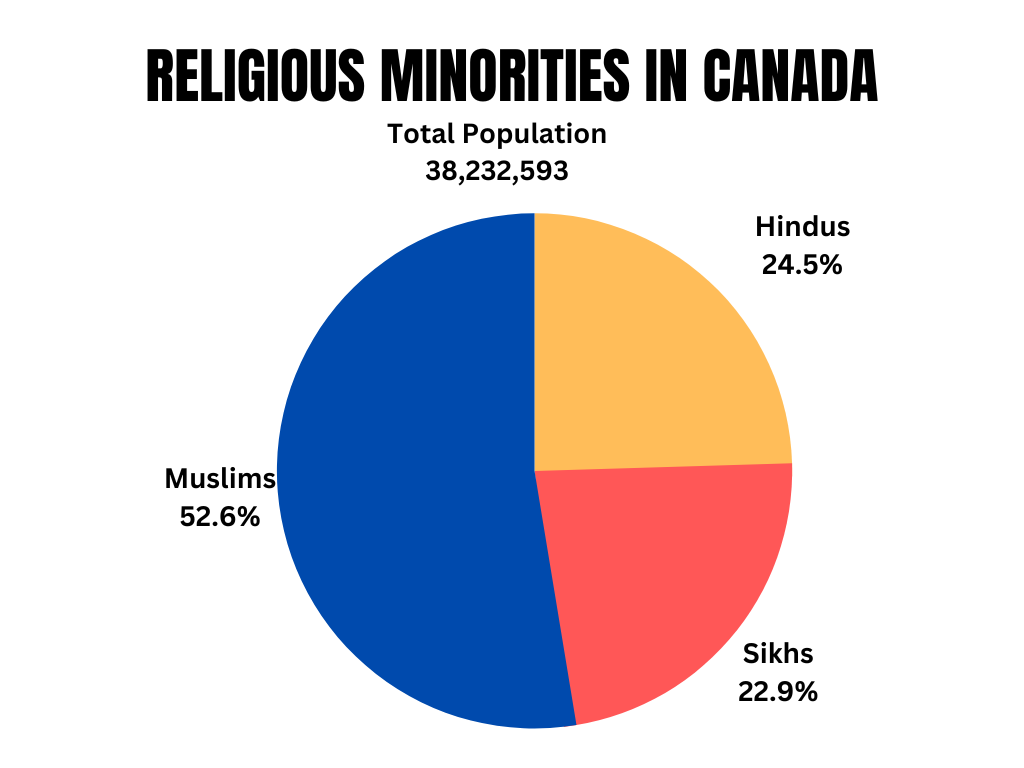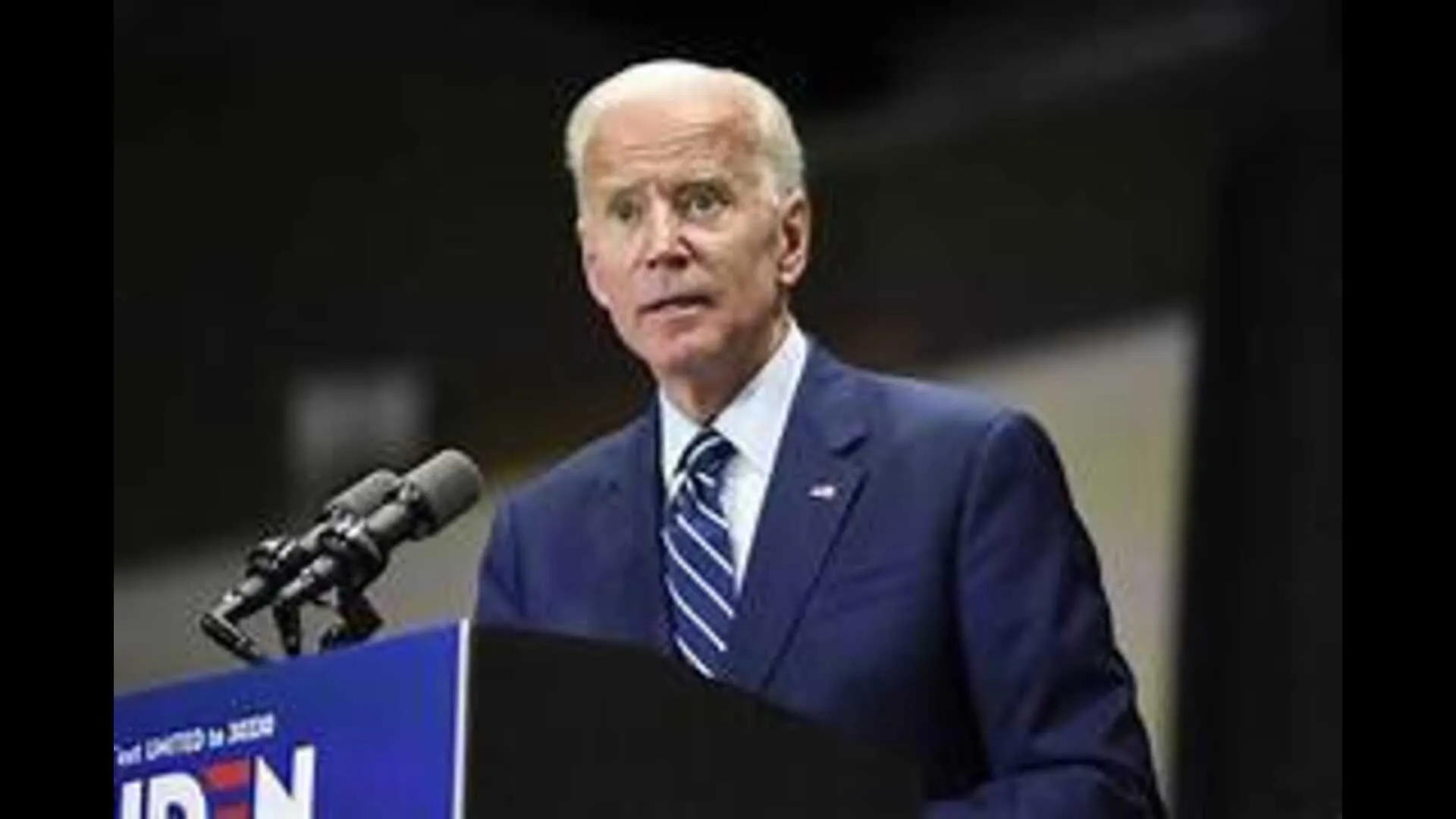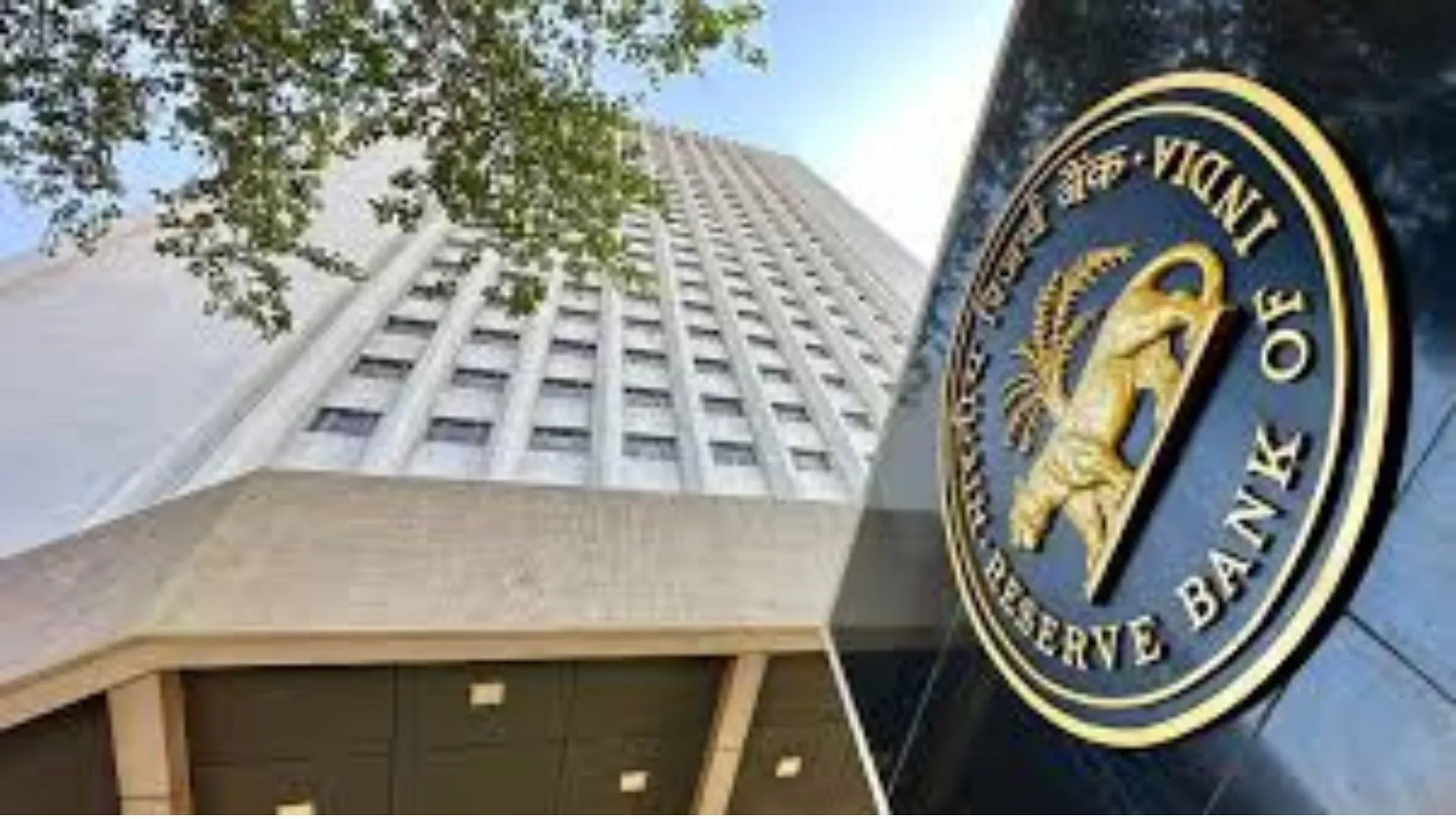The already strained ties between India and Canada worsened earlier this week when Canadian Prime Minister Justin Trudeau told the country’s Parliament on Monday that there were “credible allegations” that Indian agents were involved in the killing in June of Hardeep Singh Nijjar, a Canada-based Khalistani terrorist. The Indian government swiftly denied the charges, terming them “politically driven” and “baseless”. The allegation follows decades of developments that have further pulled Canada into the dispute. Trudeau, for his part, has doubled down on his remarks and asked the Indian government to “take the allegations seriously.”
Addressing the media on the sidelines of the UN General Assembly, the Canadian PM urged New Delhi to ‘take the allegations seriously’ and work with Ottawa to let justice follow its course. The remarks came mere hours after India announced the temporary suspension of visas for Canadian citizens in view of “security threats” faced by its high commission and consulates in the other country. “I call upon the government of India to work with us, to take seriously these allegations and to allow justice to follow its course…We have rigorous and independent justice system and robust processes that will follow their course,” he said on Thursday evening.
Against the backdrop of the current diplomatic row, it is essential to understand the connection Canada has to Sikhism.
With a total population of 7,71,790 Sikhs—of whom 7,61,960 are South Asians—Canada is home to the largest population of Sikhs globally, second to India. Interestingly, however, since Sikhs make up a larger portion of the population in Canada than in India; Canada has 2.1% of Sikhs compared to 1.7% in India.
A HISTORY OF IMMIGRATION
According to Sardar Harjeet Singh Grewal, a professor at the University of Calgary, the first significant wave of Sikhs reached Canada in the early 1900s, the majority of whom were men, to work as loggers in British Columbia and manufacturing in Ontario. The second wave of Sikh immigrants followed the Partition in 1947. Grewal added that while Sikhs moved to other countries like the United States, Britain, and Australia, “they have been particularly drawn to Canada because of ‘parallel value systems.’” “Sikhs see the most semblance of connection to what Canada represents,” Grewal added, noting that there is now a secondary migration of Sikhs from Britain to Canada.
In recent years, there has been a significant influx of Punjabi students, with most of them being Sikhs. In the last 20 years, the population of Sikhs in Canada has doubled—most immigrants move to Canada from Punjab for higher studies and jobs. After Christians, Muslims and Hindus, Sikhs are the fourth largest religious group in Canada. Their population is concentrated in Ontario, British Columbia and Alberta. In addition, Punjabi is the third most popular language in Canada after English and French.
RAPID GROWTH
Sikh-Canadians make up a significant portion of the construction sector, transport and banking. Many own successful businesses such as hotel and restaurant chains, and gas stations. Out of the 7.71 lakh Sikhs, more than 2.36 lakh (roughly 30%) are Canadian citizens by birth. Apart from this, 4.15 lakh Sikhs have Permanent Residence (PR) status while 1.19 lakh are living in Canada without it. Till 1980, only 35,000 Sikhs lived in Canada with a PR.
When Justin Trudeau was elected as Prime Minister for the first time in 2015, he picked four ministers from the Sikh community—the highest representation of the community at the federal level. This was more than the two Sikh members of India’s cabinet at the time, which Trudeau reportedly bragged about.
Experts say their networking through gurdwaras is a major reason for the community’s massive success in Canada. They also collect grants in the form of a Sikh fund and a large part of this money is spent in funding election campaigns. Out of the 388 MPs in Canada, 18 are Sikhs. Of these, eight seats are completely controlled by Sikhs and they play a significant role in 15 others. This is primarily why no political party wants to displease the community.
BY THE NUMBERS
It is worth noting that Canada traditionally welcomed around three lakh immigrants as permanent residents each year before the Covid-19 pandemic. An analysis of data from the last decade makes it clear that, on average, approximately 4% of these immigrants each year are Sikhs. This highlights the continued and significant growth of Sikhs in Canadian society. The census data also helps us understand the historical trends of Sikh immigration to Canada. Before 1980, there were 33,535 permanent Sikh residents in the country. From 1980 to 1990, this number increased to 40,440. However, the most significant surge happened between 1991 and 2000 when 88,210 Sikhs became permanent residents. Following that, over 1.11 lakh Sikhs obtained permanent resident status from 2001 to 2010, and more than 1.41 lakh did so from 2011 to 2021.























